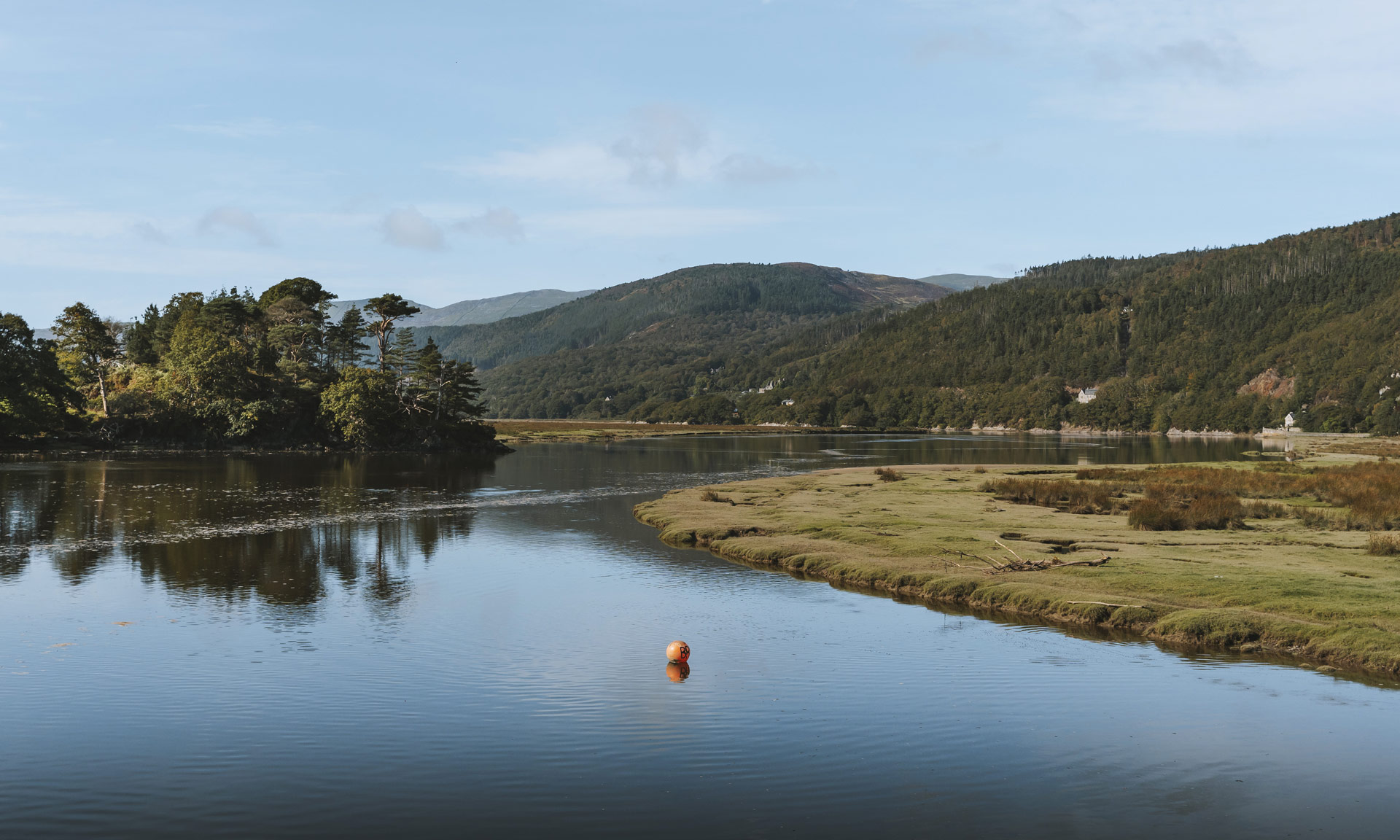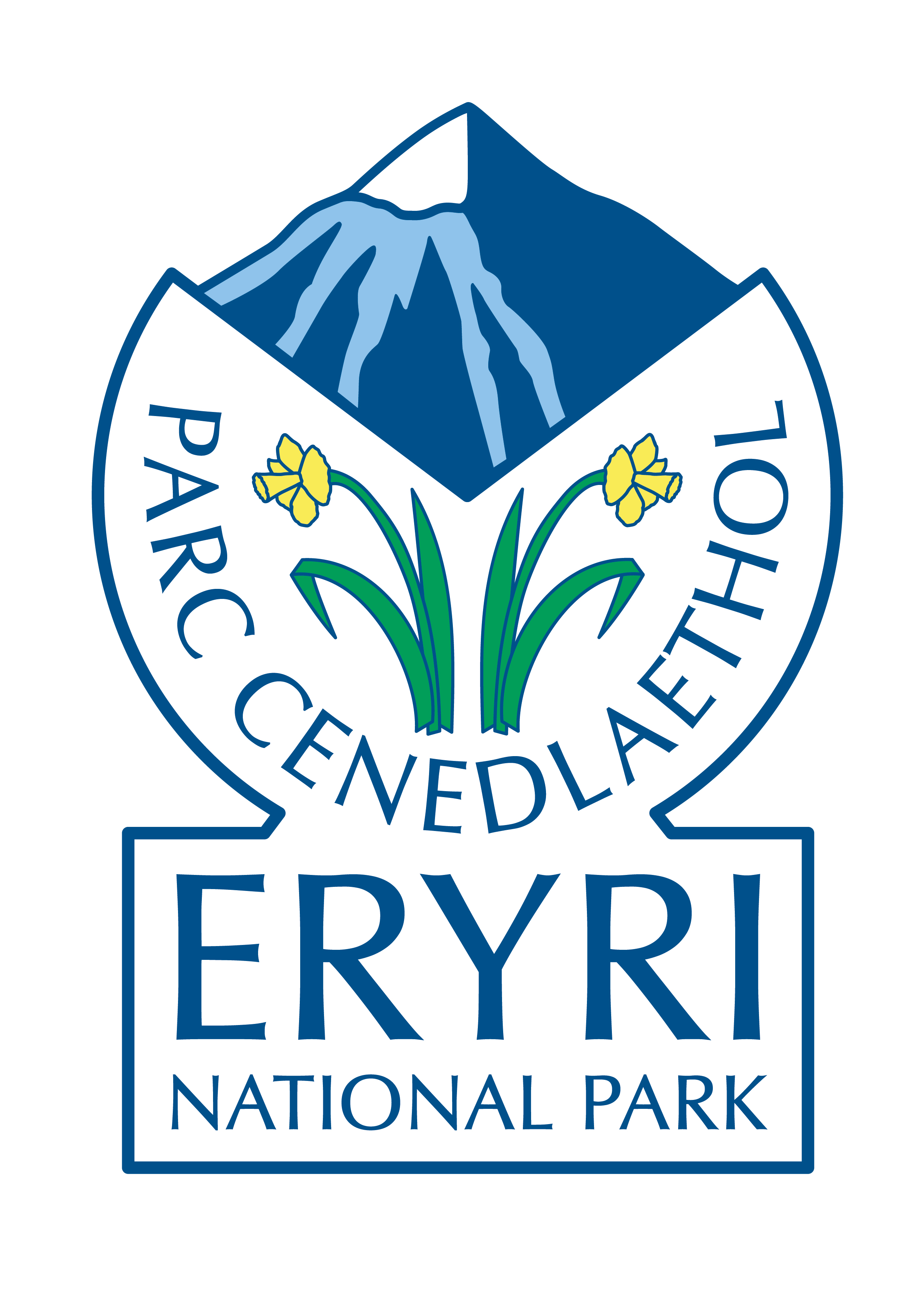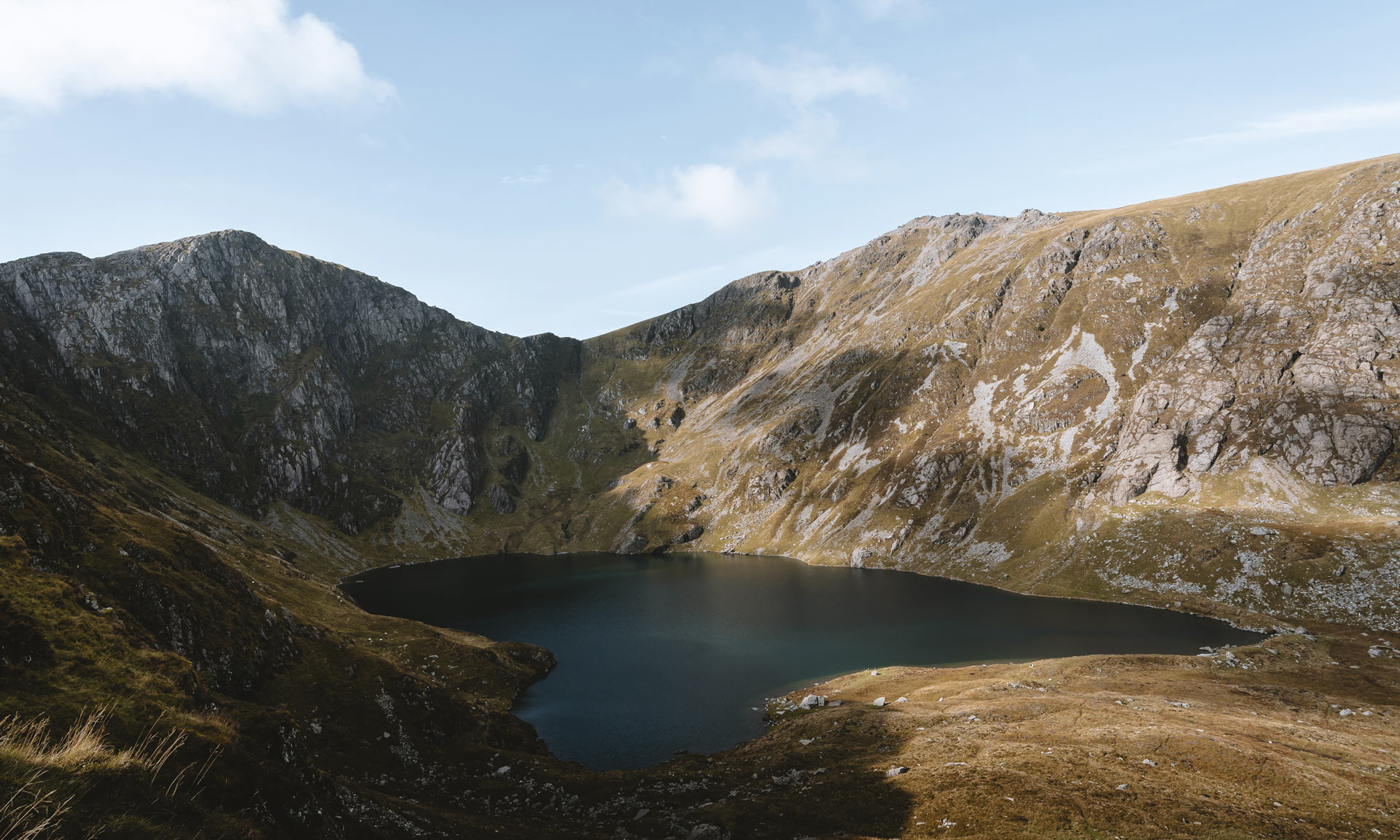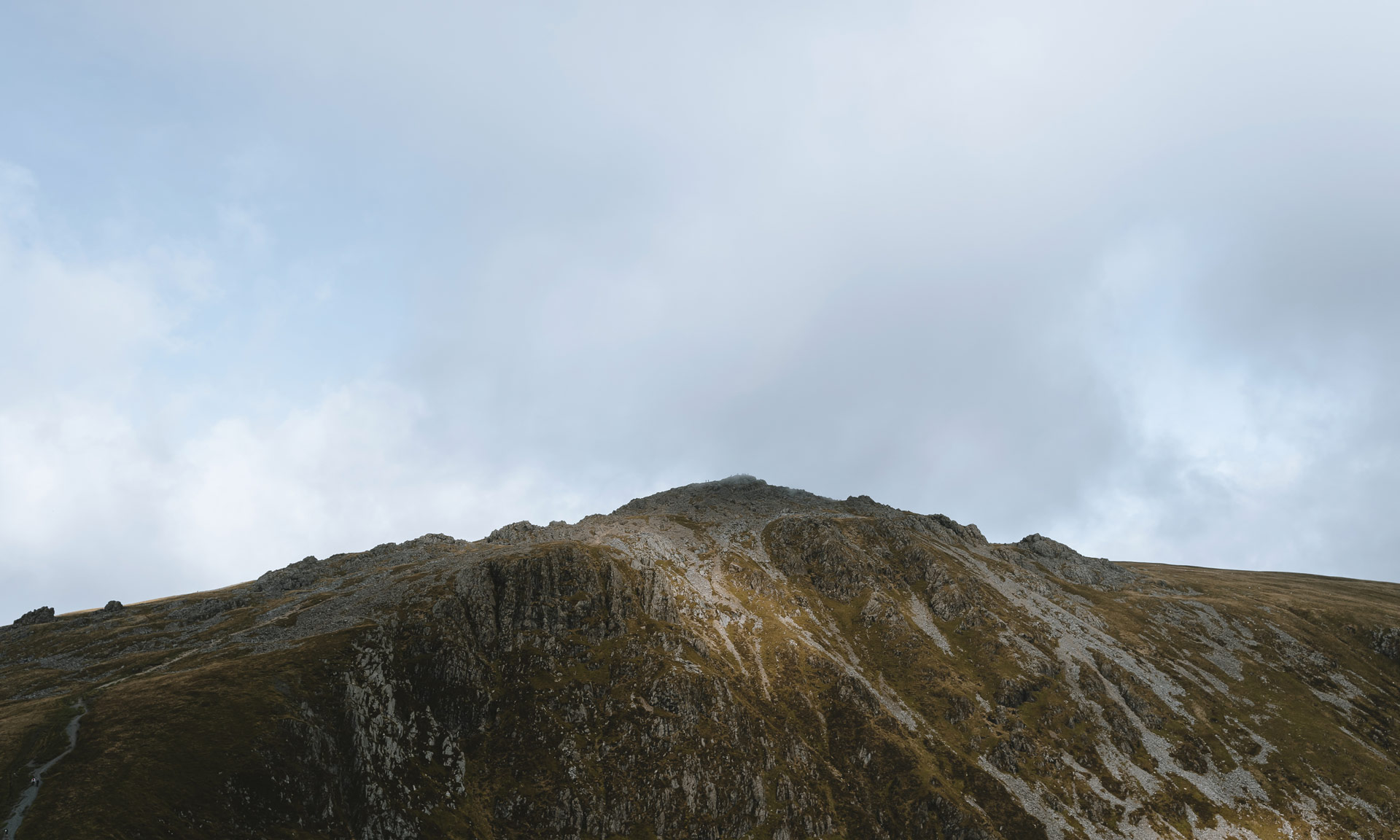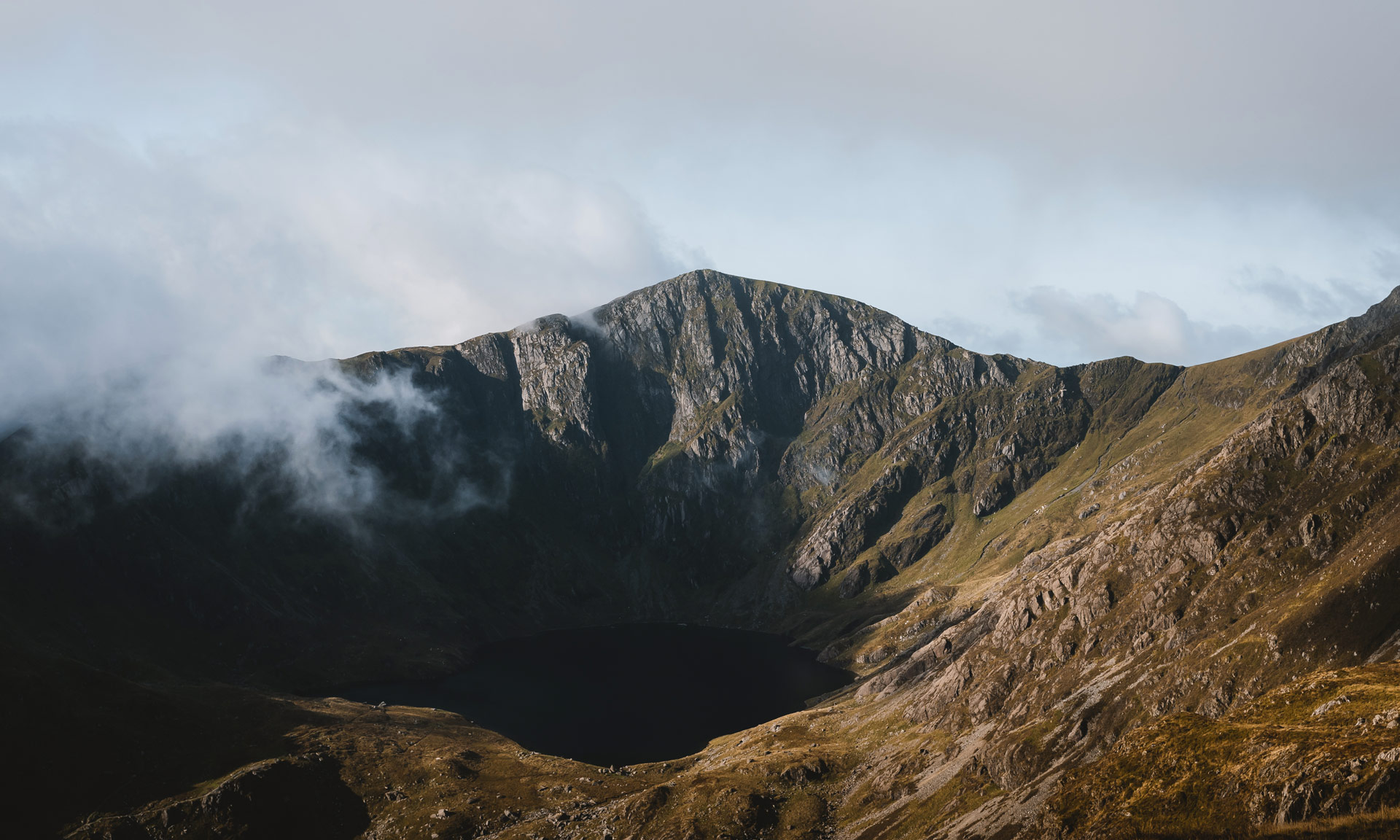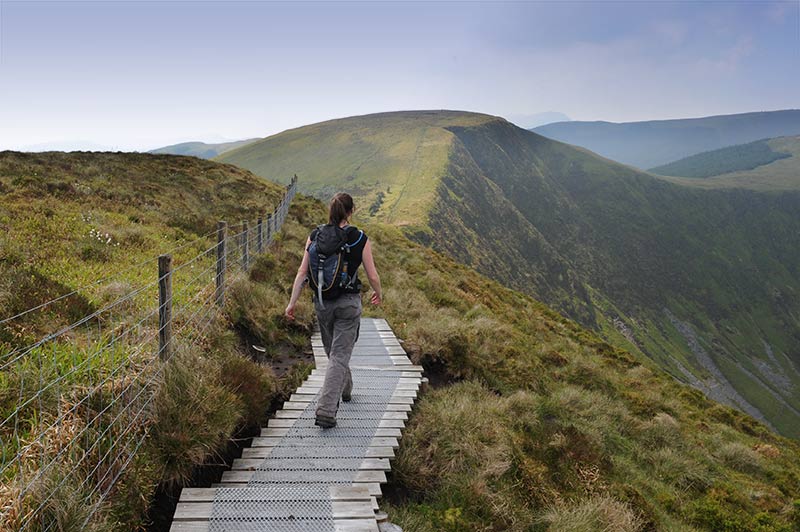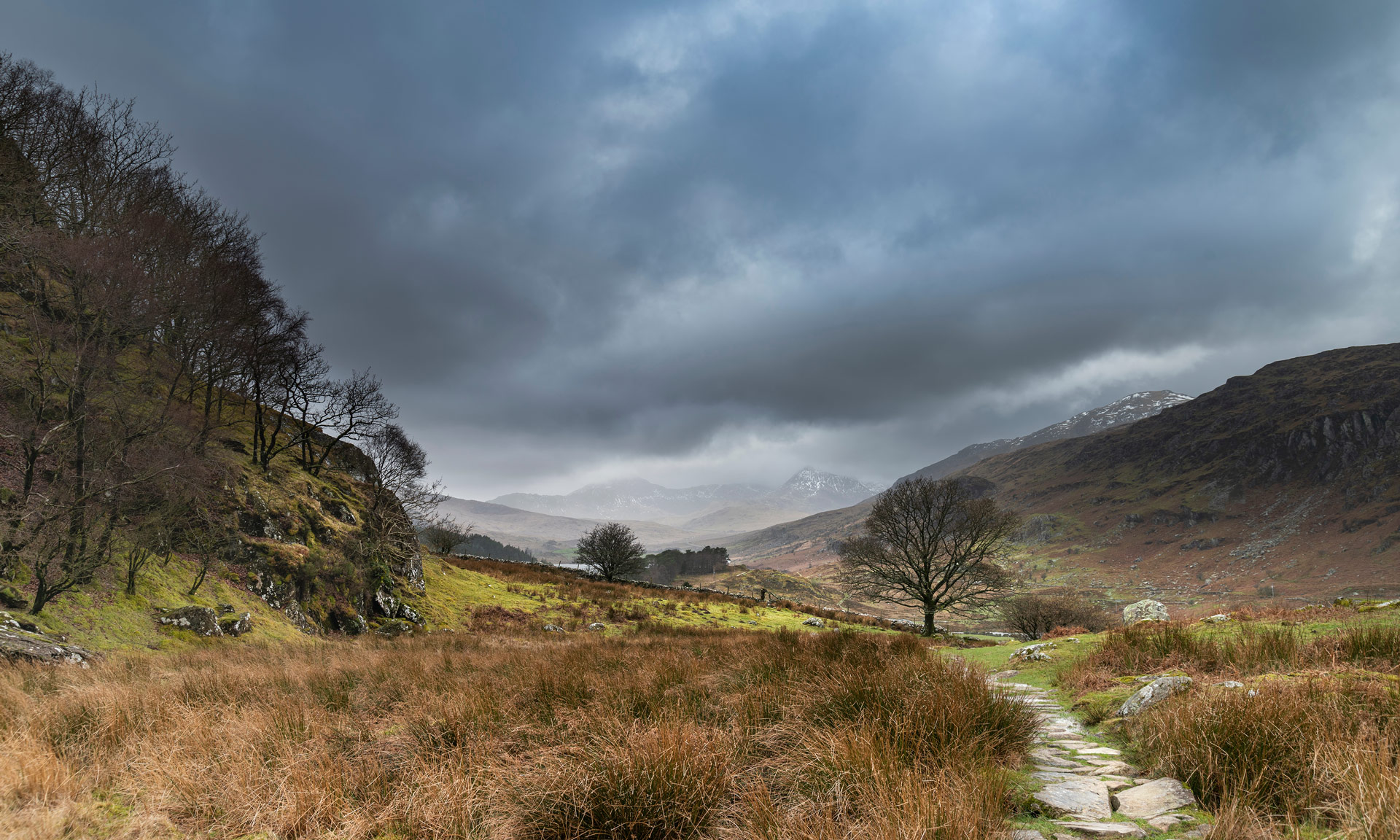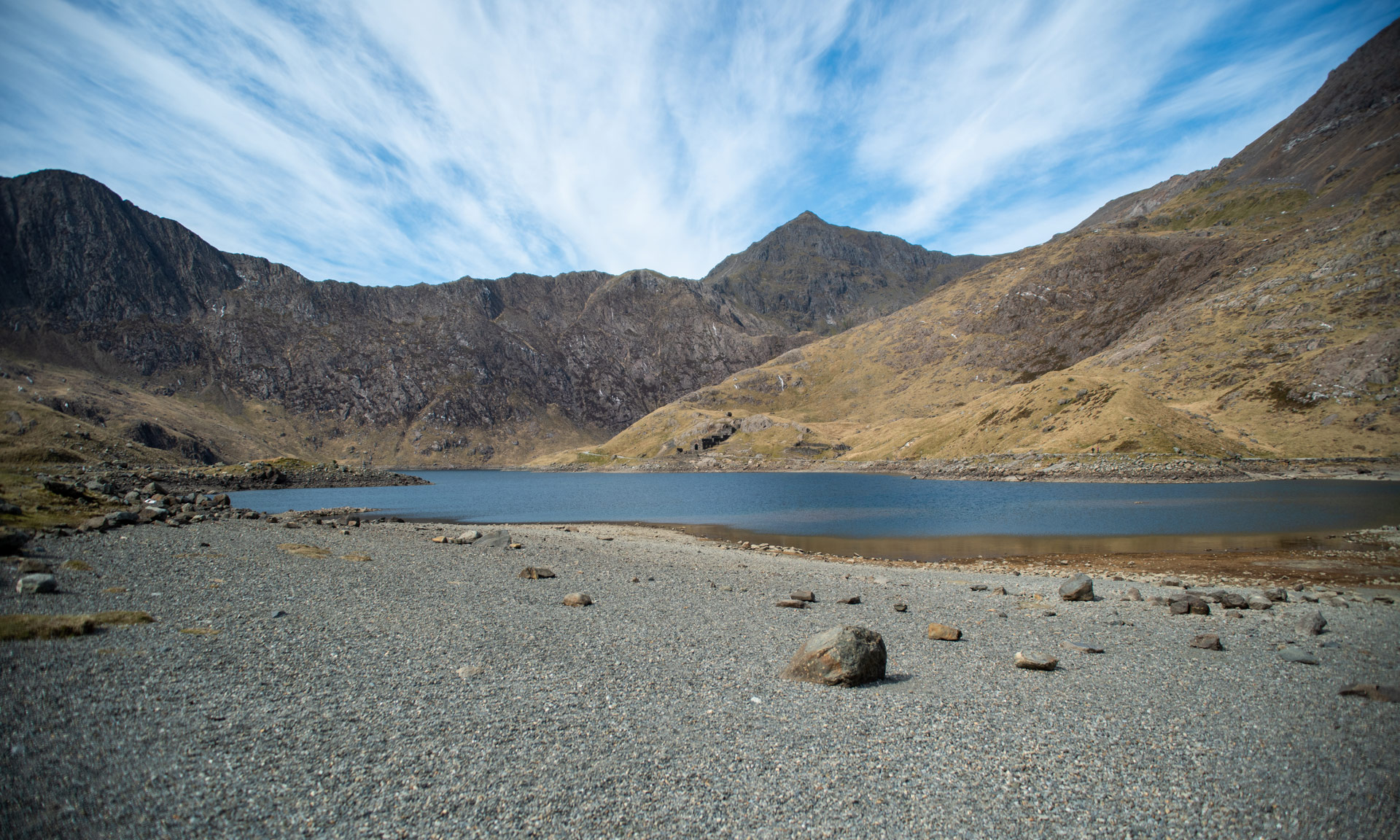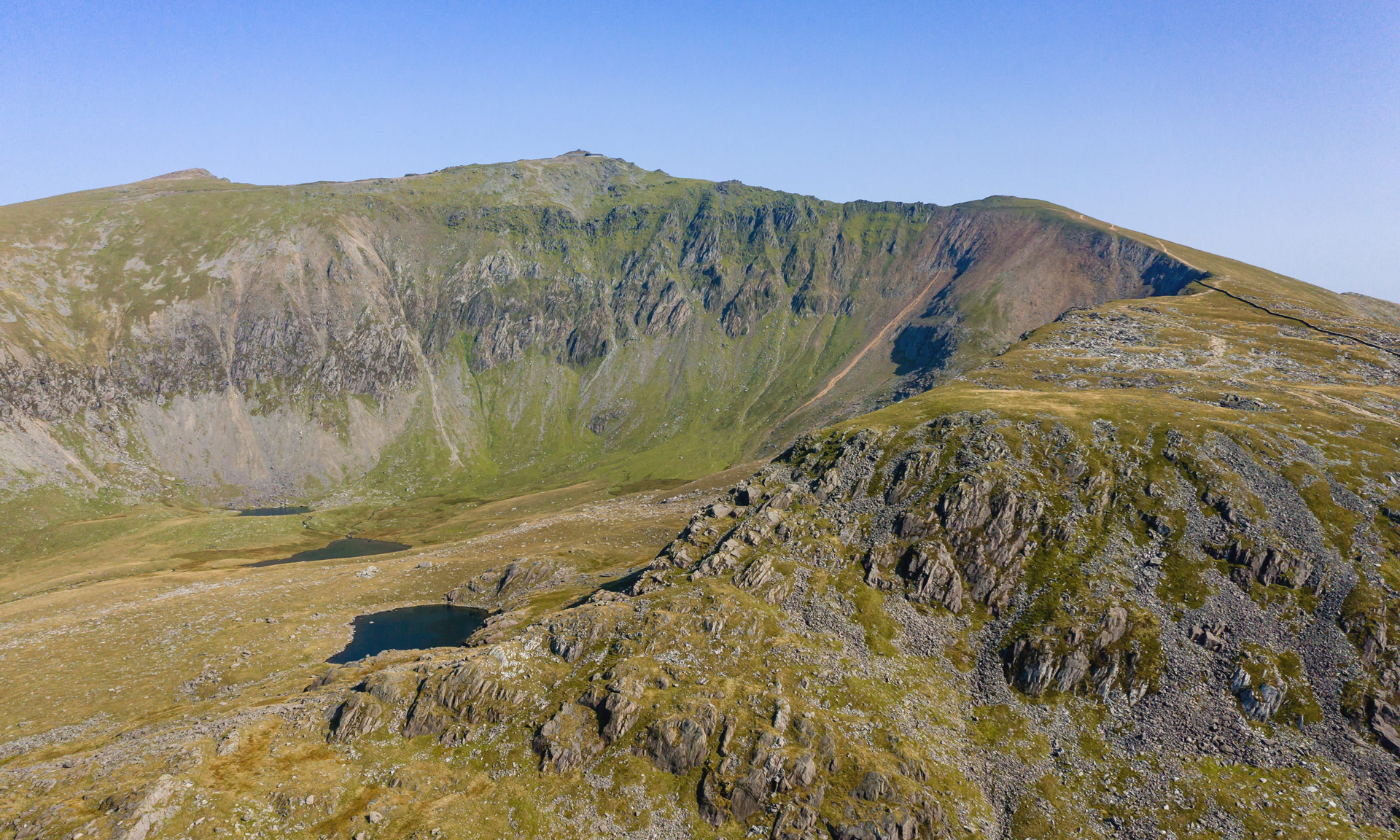The Minffordd Path is one of two paths that ascends the southern slopes of Cader Idris—Llanfihangel y Pennant Path being the other option. The Pony Path is the third route to the summit. It ascends the northern slopes from the Dolgellau area.
The Minffordd path is one the shortest paths up Cader Idris; although it has the most significant ascent.
The Minffordd Path is a hard/strenuous path. A good level of fitness is required and navigation skills are essential.
The path will take you through Cwm Cau where Llyn Cau, a lake that is synonymous with Cader Idris, lies.
© Crown copyright and database rights OS AC0000825604. Use of this data is subject to terms and conditions.
The National Park Authority has categorised this route as a hard/strenuous route. It is only suitable for experienced country walkers with a good level of fitness. Navigation skills are essential. The terrain will include steep hills and rough country. It may also include some sections of scrambling. Full hill walking gear is essential. Specialist equipment may be required under winter conditions.
Start/Finish
Dôl Idris Car Park (SH 732 116)
Relevant OS Map
OS Explorer OL23 (Cader Idris and Llyn Tegid)
You can get to this route by bus. You will need to use the T2 bus service which runs between Aberystwyth and Bangor. The bus will stop at ‘Minffordd, Hotel for Cader Idris’ along the route.
If you’re driving, always park in designated parking places and never in areas where you block entrances to fields or residential areas.
Car park: Dôl Idris
Stay safe and help protect the countryside by reading the information about safety and following the Countryside Code.
Out of all the peaks in Snowdonia, Cader Idris is undoubtedly the most steeped in mythology. Countless legends are connected to this mystical summit and its surrounding lakes.
Cader Idris’ name, translated as Idris’ Chair, is often said to have been derived after a giant called Idris. Legend has it that Idris used the summit as a chair to survey his kingdom. Another theory suggests that the mountain is named after Idris ap Gwyddno, a 7th-century prince of Meirionnydd.
Many of the lakes around Cader Idris are supposedly bottomless, and it is said that, after spending a night on the peak, one would either wake up a poet or a ‘madman’.
Welsh mythology also suggests that Cader Idris was the hunting ground to Gwyn ap Nudd and his Cŵn Annwn. The howling of this pack of hounds foretold death to all that heard it—herding their soul into the underworld.
Cader Idris is formed of sedimentary and igneous rocks from the Ordovician age. Llyn Cau, which sits at the bottom of the crater-like Cwm Cau was formed by a cirque-glazier across several ice ages. The glacier’s size was up to a square kilometre at one point.
Much of the area around Cader Idris is a designated National Naure Reserve—home to Artic-alpine plants such as purple saxifrage and dwarf willow.
In the 18th century, Richard Wilson, an artist from Machynlleth, made the hike up to the shores of Llyn Cau at the foot of Cader Idris. Here he painted what is arguably his most well-known landscape painting.
It’s important to remember that these were the days before photography, and Wilson’s painting would have been the first time many had seen the landscape of Snowdonia.
